Dr Nathan Emery reveals Macarthur region home to world’s loudest cicadas
The sounds of summer echoes loudest in the Macarthur region, with cicada researcher Dr Nathan Emery revealing the region is home to Australia’s loudest cicadas.
Macarthur
Don't miss out on the headlines from Macarthur. Followed categories will be added to My News.
The Macarthur region is home to the world’s loudest cicadas, with the noise monsters “wall of noise” more piercing than a Boeing 737 in the air.
Cicada enthusiast and researcher Dr Nathan Emery, a scientific officer at the Australian Botanic Garden, Mt Annan, said the sheer shrill would this year be louder than ever.
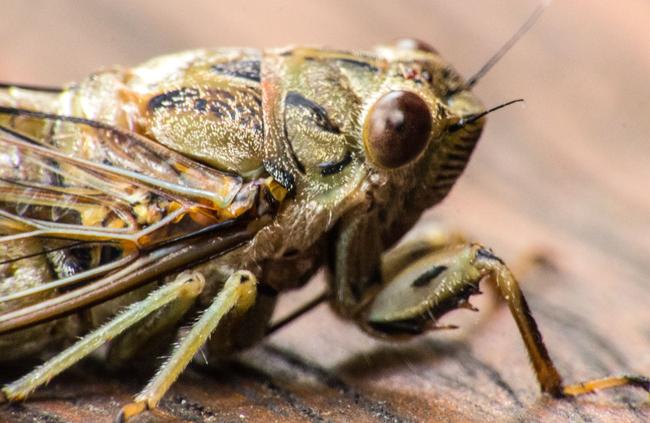
“Macarthur is home to some of the noisiest species of cicadas in the country,” he said.
“The region, all the way from Bargo to Camden to Campbelltown, have a number of the double drummer, cherry noser and green grocer species.
“These are some of the loudest cicadas in the world, reaching volumes in excess of 120 decibels.
“You can hear them as you are driving along a highway with the radio on, calling from the eucalyptus forests.”
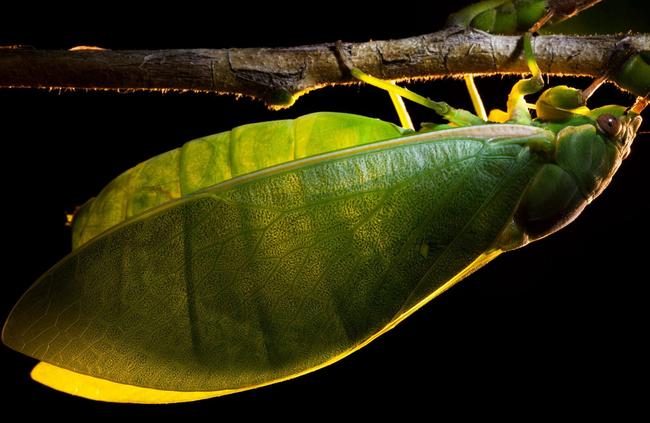
Dr Emery, author of A Photo Guide to common cicadas of the Greater Sydney region and leader of a citizen science project called The Great Cicada Blitz with longtime friend Dr Alan Kwok, has been intrigued about cicadas from a young age.
Still need to find a Christmas present? Good thing I've just had more copies of my #cicada photo guide book arrive today! Perfect for the budding entomologist or naturalist. You can order them on eBay here: https://t.co/hhObpW08HW #wildoz #ozinverts @Aust_Ent_Soc pic.twitter.com/Q3TY80CkUD
— Nathan Emery (@ecotechnica) December 4, 2017
The deafening volume intensity of the insects has seen Dr Emery form a love-hate relationship with the noise monsters.
“I am a lover as long as I don’t get too close to them,” he said. “They can certainly damage your hearing. It is on par with the sound of a chainsaw.”
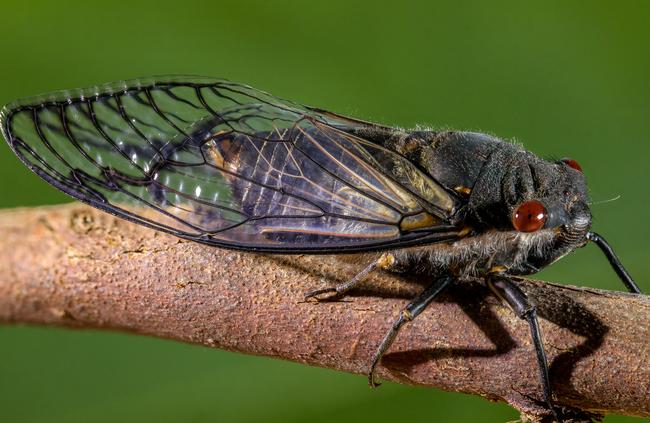
Dr Emery said Australia was the “cicada capital of the world,” with the Macarthur region home to about 30 species. Australia is home to potentially 1000 different types of cicada.
Despite the incessant noise, Dr Emery encourages people not to fear the insect.
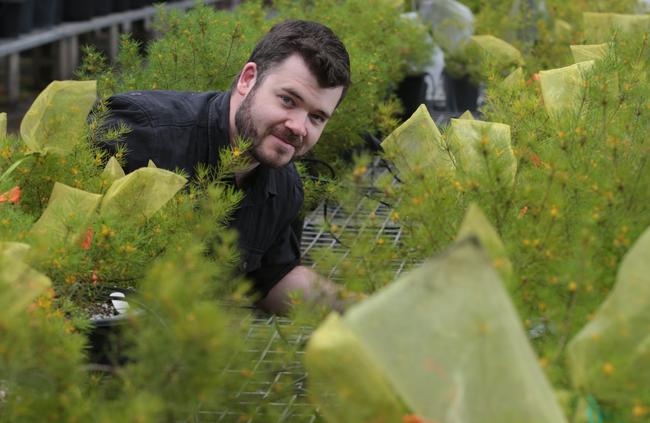
“They are harmless. If you see a cicada you can pick them up and feel their different textures,” he said. “When you put it back, put it on the tree and just make sure there is a little protection from bird predators.”
NAME GAME
Many of the common names of cicadas were given by children for whom they have been a source of fascination since the first ones emerged from the earth to begin their summer cacophony.
Self confessed “cicadaphile,” Dr Alan Kwok said the names of the green grocer, yellow Monday, red eye and floury baker species are well known, but many other Australian species names allude to the sounds they make such as sandgrinders, red roarers, green whizzers and the southern red-eyed squeaker.
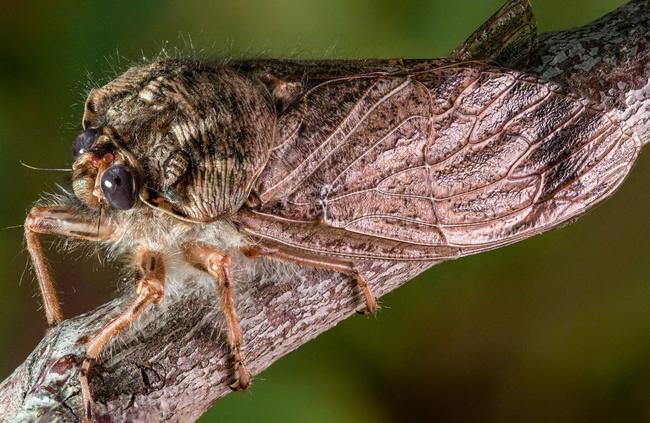
“Nathan and I realised that not much is actually known about Australian species — and that’s really a bit of a shame given that they are a sound of Australian summer sort of creature,” he said.
“The diversity of them is one of the big things that fascinates me.
“The fact that they have such an episodic sort of a life cycle is also quite intriguing.
“We only hear them in the warmer months and we don’t really know what’s triggering them to come out or what they actually do when they come out apart from drive us crazy with noise.
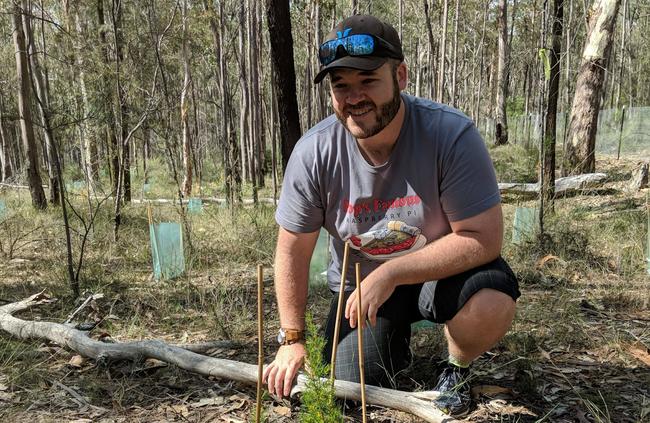
“Other insects do live underground — but with cicadas we know so little about what they are doing under there — we assume they are feeding on the plant roots and the sap but we don’t know how long they stay under there — it could be three years, it could be seven years, it could be twenty years.
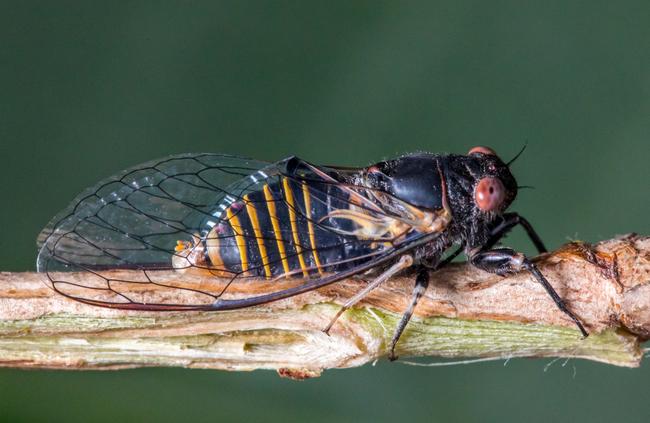
“I didn’t really know until I started paying attention to it, but there is just such a variety of calls too — we are used to hearing the big species — bladders, green grocers and black princes — but there is a whole host of small species that make ticking noises and squeaking noises.
“They can sound like alarm clocks or sprinklers and they are all out there if you listen.”
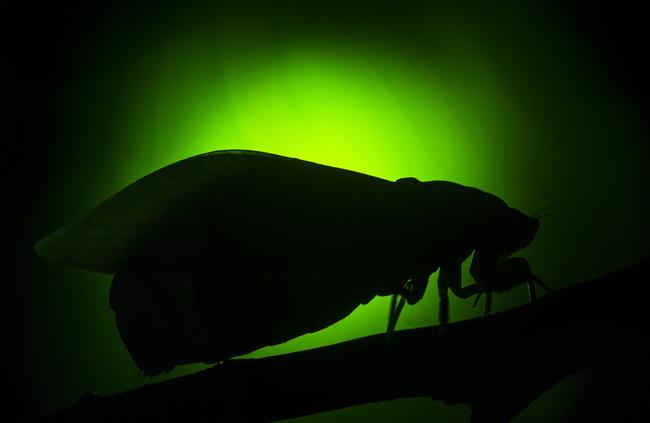
THE CALL OF THE CICADA
Only the males call and it is primarily to attract a mate.
Each species has it’s own distinctive call which is produced by vibrating a pair of ribbed membranes at the base of the abdomen called tymbals.
The loud noise produced by some cicadas actually repels birds.
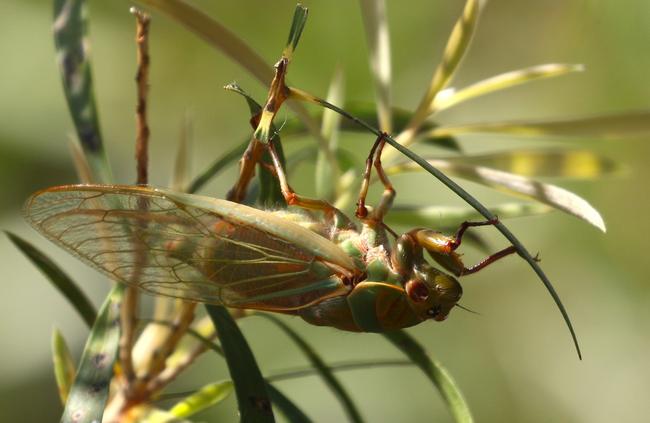
The males of many cicada species tend to group together when calling which increases the total volume of noise and makes it hard for birds to locate them.
Some species call in waves, first one group, then the neighbouring group and so on — also thought to reduce the chance of being eaten.
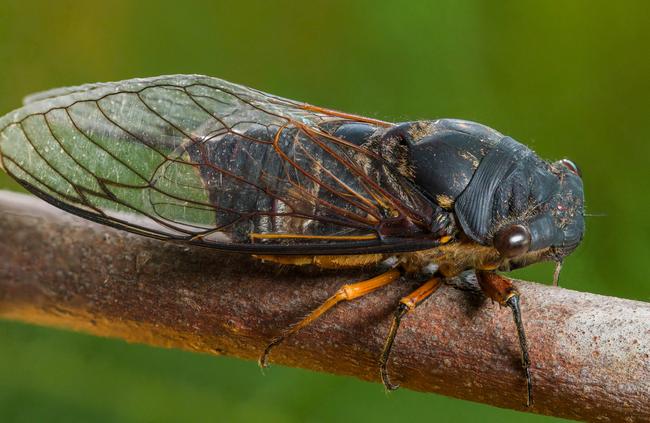
It is also believed that the temperature is important to the calling process — and will cease if the temperature falls below 15 degrees — unlikely in a typical Australian summer.
THE LIFE OF A CICADA
Cicadas have three distinctly different life stages — egg, nymph and adult.
The female will lay two or three hundred 3mm eggs in their favoured tree which take up to four months to hatch.
Strange spindly nymphs emerge from these eggs which fall to the ground and burrow underground where they grow and are thought to feed on sap from tree roots.
How long they stay down there depends on the species and possibly on environmental conditions.
They eventually tunnel to the surface enclosed in a shell — from which the adult emerges over an hour or two.
5 new #cicada shirt designs are out! Featuring "we are one" design w/4 Cyclochila australasiae colour morphs #wildoz https://t.co/JdymbvzhlP
— Nathan Emery (@ecotechnica) October 18, 2017
Fluid is pumped into the wings to unfurl them and then a further period is needed for wings to dry and harden. The empty shells are commonly found dried out and attached to vegetation.
To learn more about cicadas, another website called Cicadarama.com is under development where you can read about cicadas, buy the book or find cicada merchandise.


